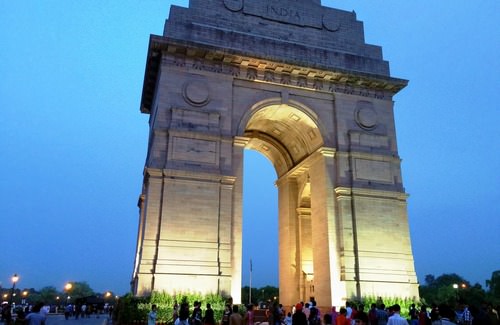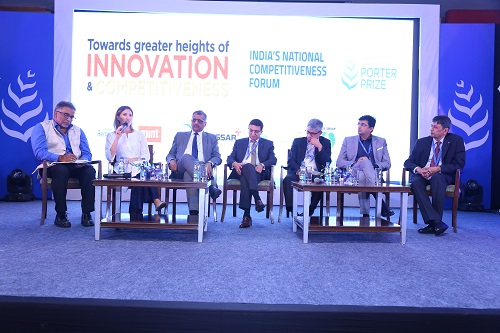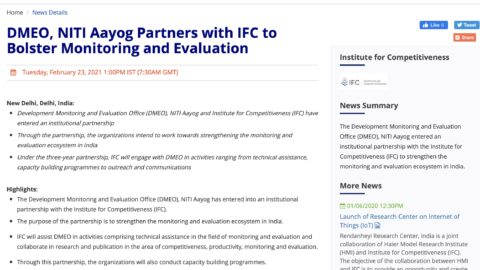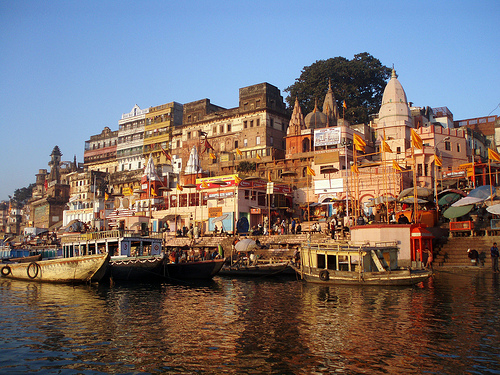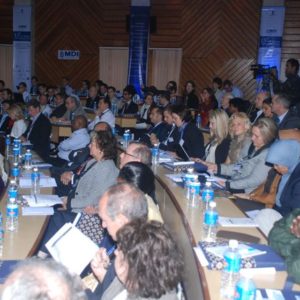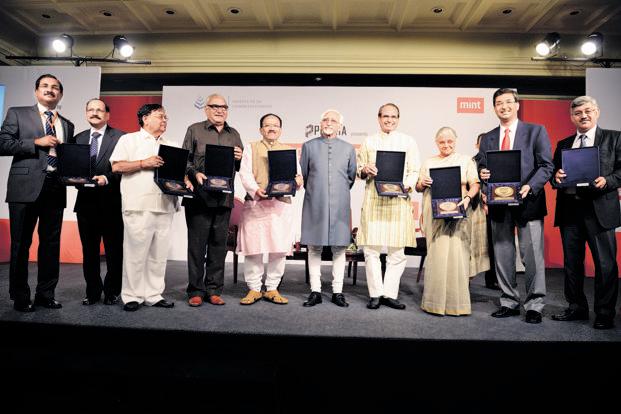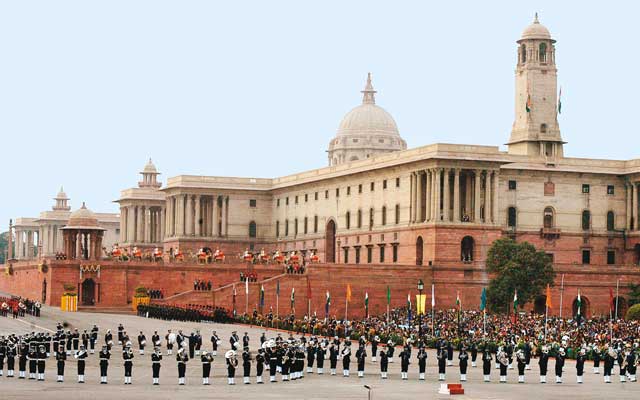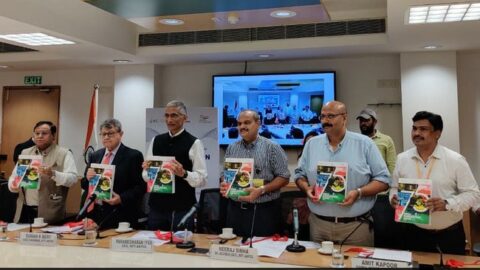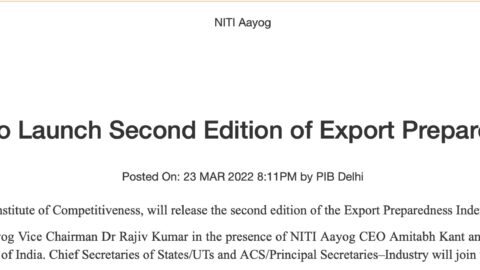Source: Institute For Competitiveness (IFC)
Thursday, August 11, 2011 05:30 PM IST (12:00 PM GMT)
Editors: General: Consumer interest, People; Business: Advertising, PR & marketing, Business services, Information technology; Technology
Delhi is the front-runner in sustainable competitiveness among Indian states according to the “Sustainable Competitiveness Report 2011”
New Delhi, Delhi, India, Thursday, August 11, 2011 — (Business Wire India)
— Delhi emerges on top because of its low poverty rate, focus on promoting a green environment, efficient use of energy, among other parameters
— Goa emerges on top among medium population density states, leaving states like Punjab and Haryana behind
— Sikkim has emerged on top among low population density states
— Report released at the RICS International Conference on “Planning and delivering urban infrastructure in Indian cities”
— The sustainability competitiveness of the states is assessed on the basis of four pillars and over 200 indicators
According to the Sustainable Competitiveness Index of Indian states launched today by the Institute for Competitiveness (IFC), Delhi is the top state in sustainable development competitiveness among the states with high population density. What puts Delhi on top is its performance in economic development, resource utilization and social inclusion. Some of the advances that lend to its top position include
— A lower poverty ratio of 14.7 against the overall poverty ratio of 27.5 of India
— A very high tele-density of more than 100%, which even includes connectivity in villages not only for telephony services but also broadband connectivity
— The literacy rate in the state both for men and women is above 80%
— Its focus on a green environment, which is evident through more than 1800 eco-clubs functioning in the state.
Goa has fared as the best among medium population density states, due to its overall high ranking on all four pillars of the index, namely, Social inclusion, environment and climate change, economic development and resource availability and utilization. The State boasts of over 90% literacy rate, an air-pollution free environment and is in fact pioneering the switch to renewable energy generation among medium population density states with over 7% of its electricity being generated through renewable sources.
Among the low population density states Sikkim has captured the top position owing to its rich environment resources and bio diversity. It is among the most pollution free states in the country with over 40% forest cover.
Some of the other interesting findings of the report include:
— Uttar Pradesh accounts for 20% of the total poor population in India making it the lowest in terms of social inclusion. The state also has the maximum number of rural poor and slum population
— The lowest percentage of people below poverty line is found in the states of Jammu and Kashmir and Punjab, which is 5.4% and 8.4% respectively.
— The northeast states of Mizoram and Sikkim have more than one university per million people, which is highest in India.
— The quality of air is worst affected in the states of Delhi, Himachal Pradesh, Haryana, Karnataka, Madhya Pradesh, Rajasthan and Uttar Pradesh in industrial areas.
— The states which have lowest level of suspended particulate matter (SPM) in the air are Goa, Mizoram, and Meghalaya & Nagaland which have SPM less than 160 micrograms per cubic meter and gives pollution free air to their workers.
The Sustainability Competitiveness Index evaluates how states are able to achieve sustainable growth without exploiting the environment and natural resources so that they will also be available in future to sustain life. The index showcases the relative rankings of different states reflecting the capability the states posses in nurturing & harnessing sustainable development in their regions.
On the occasion of the report launch, Mr Sachin Sandhir, MD & Country Head, RICS India said, “Sustainability is a core principle underpinning the work RICS does. As a part of out charter, we explore many aspects of sustainability, which are highlighted in this report on ‘Sustainable Competitiveness’ for Indian states. Therefore, we are happy to lend support to this research initiative by IFC.”
To uphold the reliability of the index, the data is collected from the various sources like Ministry of Statistics, CSO, annual reports of different departments, report from different task forces, commissions, Reserve Bank of India and Planning Commission.
Commenting on this year’s ranking, Dr. Amit Kapoor, Honorary Chairman, Institute for Competitiveness says, “Sustainable Development is often confused with economic development with focus on preserving the environment and natural resources for future generations, but it extends much beyond just environment. It also talks about social issues like eradication of poverty, satisfying the hunger for food and providing affordable health care facilities to all. Sustainable development brings responsibility in terms of the use of resources and focuses on increasing the productivity and efficiency of the processes.
Report methodology
The sustainable competitiveness index is calculated by assessing more than 200 indicators based on the framework of four main pillars of: 1. Social Inclusion 2.Environment and Climate Change 3.Economic Development 4.Resource Availability and Utilization.
Special emphasis has been laid on preventing multi-colinearity with the use of the principal component analysis to give weights and define the effect of a particular indicator on the index. Selection of the indicators has been done very carefully to give the exact assessment of the states in sustainable development and grouping of indicators has been done to reflect the fault lines and the strengths of the states.
The states are divided into three categories namely high, medium and low population density states as density plays a crucial role in sustainable development. The scores are calculated for each category and states are ranked accordingly.

